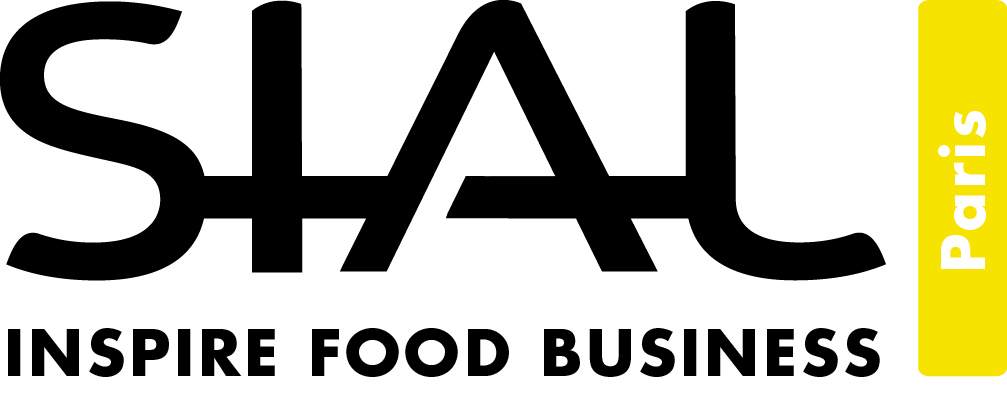Food safety: transparency and innovation at the heart of new trends
The report ‘Food Safety in the Age of Transparency’ published by New Food in 2025 highlights the current trends and challenges that are redefining global food safety
With growing demand for transparency from consumers and regulators, the food industry must adapt by adopting new technologies, strengthening communication and harmonising international standards. SIAL Canada, as a key event in the sector, is at the centre of these transformations.
New regulations: a transformation of the sector
One of the highlights of the report is the impact of new regulations on food safety. A striking example is California’s AB 899 legislation, which imposes strict transparency standards for infant foods. Jaclyn Bowen, Executive Director of the Clean Label Project, analyses the implications of this law and its potential influence on global regulations. Changing legal requirements are pushing the industry to strengthen its controls and better inform consumers.
Authenticity and trust: the pillars of the consumer-brand relationship
Transparency has become an essential criterion in consumer choice. Jo-Ann McArthur, President and CEO of Nourish Food Marketing, emphasises the importance of authenticity and quality in building trust. Companies must go beyond simple labelling and certification by sharing their history, practices and commitments. In a market where trust is a decisive factor, transparency is becoming a key competitive advantage.
Innovative technologies: towards a transparent supply chain
Technological innovation is an essential lever for guaranteeing food safety. The report highlights the role of artificial intelligence, blockchain and the Internet of Things in improving product traceability and integrity. Julie Vargas of Avery Dennison explains how these technologies offer real-time monitoring, facilitate product recalls and ensure greater transparency in the supply chain.
The report also emphasises that effective transparency requires appropriate communication and consumer education. It is not enough to provide data on food safety; this information must also be accessible and understandable to the general public. Brands are therefore investing in awareness campaigns and educational tools to help consumers decipher labelling and regulations.
Finally, the report highlights the need for a coordinated global approach to harmonise food safety standards. With increasingly globalised supply chains, differences in regulations between countries can create uncertainties. Better cooperation between international bodies and industry stakeholders is essential to ensure optimal and consistent food safety.
‘Food Safety in the Age of Transparency’ emphasises the urgency for the food industry to embrace transparency, adopt technological innovations and strengthen consumer confidence.
For more news, click here
Image source: Anna Pelzer – Unsplash
